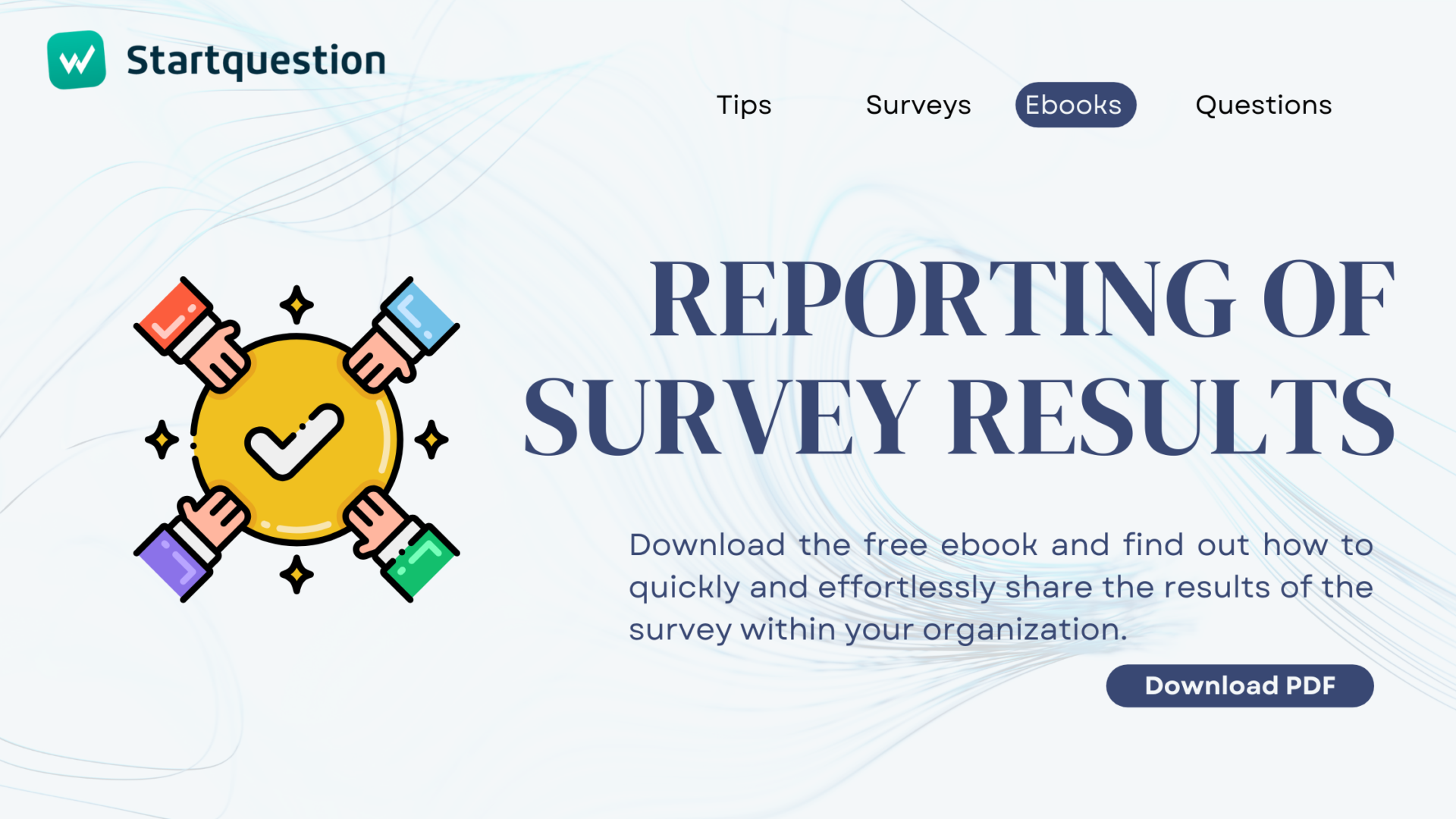Today, we want to show you what a good questionnaire looks like. By following our tips, you will save your time and the time of your respondents, avoid the boredom effect of the survey and collect the most valuable information related to your research problem. Ready? Here are our tips on how to do a survey!
How to Do a Survey: Step by Step
Step 1. Choose one specific goal
Take a moment to select one specific issue that you want to research among the respondents. When creating a form, stick to a strictly selected process. This will allow you to create a concise survey and eliminate questions unrelated to the topic and approach the survey with the “What if I need this information?” attitude.
Step 2. Try to keep a good survey as short as possible
An ideal survey should take no more than 5 minutes to complete. This allows you to get answers from a focused and non-bored respondent. If it takes more than 10 minutes to complete your survey, try to eliminate the least necessary questions.
An ideal survey will also not include questions with more than ten possible answers. It definitely slows down the pace of solving and also causes discouragement in the respondent.
Startquestion is a survey software
Gather feedback via weblink, social media, email, and more.
No credit card required · Cancel any time · GDRP Compilant
Step 3. Create questions with easily measurable answers
Try to use as many closed questions as possible. They are friendlier to respondents, reduce the time needed to complete the form, and are also easy to analyse.
Step 4. Ask only about one issue per question
The absolutely unacceptable questions are two completely unrelated issues, such as: “Do you like ice cream and pizza?” This confuses the respondent and he/she doesn’t know which part of the question should be answered.
Also try to provide a full range of answers to the respondents by including opportunities such as “Other”, “Not applicable”, or “I would rather not answer.” In the case of the respondent choosing “Other”, remember to allow them to add his/her statements.
Step 5. Avoid suggestive answers
Prepare questions so that they do not suggest specific answers to respondents. Avoid words in scale question “Always/never”, and between responses such as “Very important/unimportant” do not forget to include other options, e.g. “important/neutral/unimportant”.
Step 6. Limit the number of mandatory questions
Too many mandatory questions may disrupt the flow of your survey and to some extent reduce the value of the answers. As mandatory questions, choose the ones that are absolutely necessary for you in order to collect results or make key business decisions.
Use ready-made survey templates for your research
Step 7. The order of the questions is also important
The first questions should be simple and fun for the respondent to encourage them to complete the entire questionnaire and introduce it to a certain rhythm of the study. Questions about personal or demographic data should be at the end of the survey so that the respondent is not scared away at the very beginning. In addition, if the respondent has gone through the entire form, they are more likely to share their data in the last stage.
Step 8. Create a logical order
Divide similar questions into topic groups and place them near one another. You can precede each such section with a short introduction or place it on a separate page. We also recommend dividing a long questionnaire into subpages, because then you will avoid the impression of a “Never-ending survey”.
Step 9. Conduct a pilot study
Once you have created the entire questionnaire, ask a few trusted people to complete it. Try to find out how long it took them to complete the questionnaire. It is also important that these people express their opinion about the survey, e.g. are the questions understandable, have all possible answers been included, etc.
Step 10. Compose a welcome text for the survey
The survey introduction (or an email invitation) is a place where you inform respondents about the subject and purpose of the survey, provide the approximate time needed to complete it, and explain what you intend to do with the collected data. It is worth addressing the respondents directly to shorten the distance and relax the test atmosphere a bit.
Step 11. Select the appropriate study group
The selection of the right respondents is actually the main determinant of a successful survey. It is best if they are people who are close to the subject of the survey and whose opinion will help with making specific decisions.
Step 12. Share results with respondents.
Once the survey is completed and the data collected and summarised, notify your respondents about the information obtained and the actions taken in this regard. You can do it using e.g. a LIVE report. Maintaining good communication with the respondents will allow you to use old relationships in the future and obtain the information you need with less effort and time. A respondent who knows that his/her opinion influenced the decisions taken is more willing to continue cooperation.
We hope that these 12 quick tips will help you improve your survey and thus you will be able to create the perfect questionnaire. If you have questions related to creating a survey and analyzing its results contact our support department and we will be happy to help you!
You can also test the capabilities of the Startquestion tool to create online forms for free, for 14 days.




